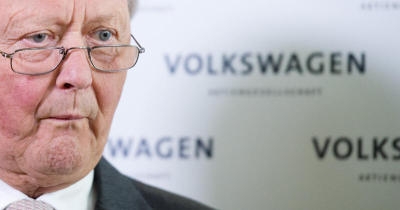Cult of VW
Primary tabs

Cult of VW
Behind every great brand is a group of customers who support it with messianic faith. These are the true believers, the word-of-mouth acolytes the business world now refers to as “brand ambassadors.”
Few companies have had as many as Volkswagen. This is The Cult of VW, which began back the early 1960s, a time when Volkswagens had the kind of insider cachet that Apple computers have today: They were small, cool and different.
My first VW was a 1960s Beetle, an inexpensive machine that served multiple roles: transportation device, social statement and mechanical project. I adjusted the valves myself, repaired the gasping heater and installed twin carburetors.
Driving a VW told the world you didn’t run with the crowd, and that you looked beyond Detroit’s obsession with size, horsepower and status. The VW managed simultaneously to symbolize German engineering and The Summer of Love.
Even VW’s advertising was iconic. In 1959, the Doyle Dane Bernbach agency created a magazine spot with a tiny image of a Beetle on a vast white space. The tagline was “Think Small,” a precursor to Apple’s “Think Different.”
VW’s reputation was forged on cars that were built in Wolfsburg, Germany, where the Beetle was first produced in 1938. But as the company expanded, it opened manufacturing facilities in lower-cost locations, including Mexico and Brazil. By the 1980s, VW was experiencing significant quality problems. Highly respected reviewers like Consumer Reports regularly ranked VW cars below their Japanese competitors for reliability.
- Log in to post comments
- 358 reads